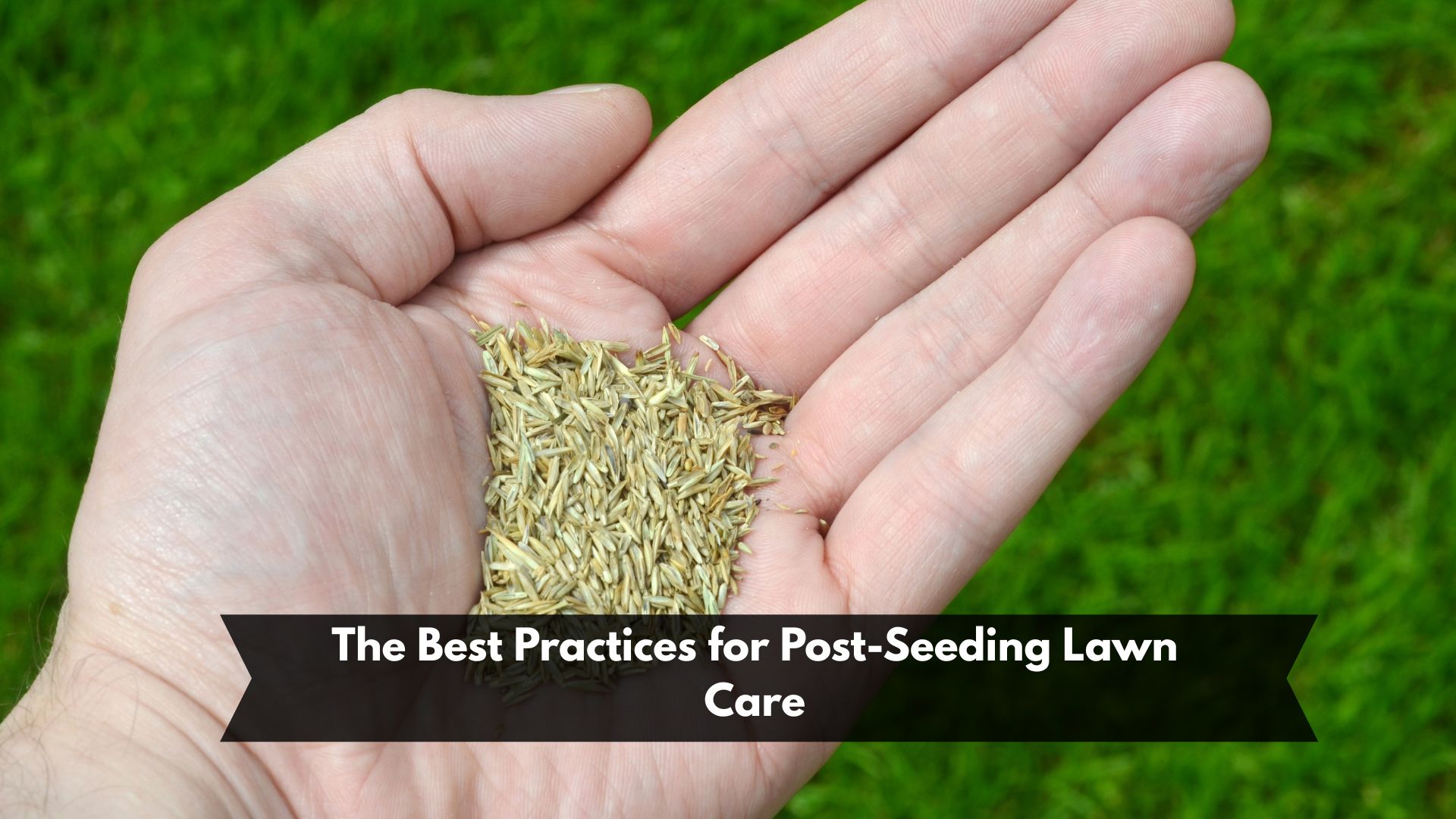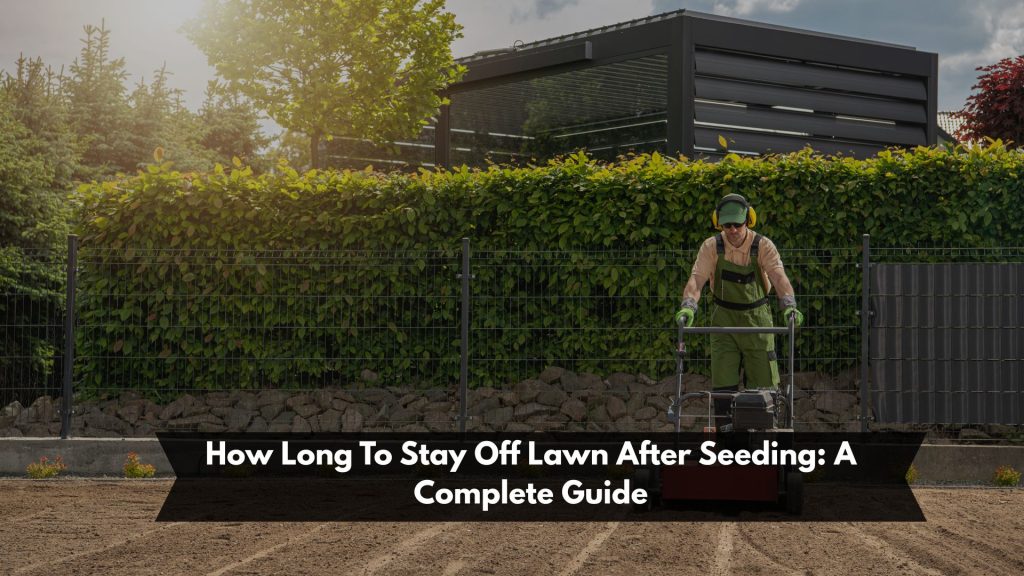Introduction
You just finished seeding your lawn. You’re hopeful, maybe even a little giddy, imagining that lush, green carpet of grass stretching across your yard. But then comes the waiting game, and the inevitable question: how long do you have to stay off the lawn?
It’s a good question—and one that a lot of people get wrong. The short answer? It depends. But don’t worry, we’re breaking it down for you.
Why Timing Matters After Seeding
Timing is everything when it comes to grass seed. Seeds are like tiny, sensitive life starters. They need the right balance of moisture, warmth, and time to sprout. Walk on them too soon, and you risk compacting the soil or displacing seeds, both of which can ruin your hard work.
Even after they sprout, young grass blades are fragile. They’re like little green noodles reaching for sunlight. Any foot traffic can crush them or slow their growth. And let’s be real: if you’ve gone through the effort of seeding, you want the results to be worth it.
How Long Should You Stay Off Your Lawn After Seeding?
Generally, it’s best to avoid walking on your newly seeded lawn for at least 3 to 4 weeks. That gives seeds time to germinate and start forming roots.
Here’s a quick breakdown by grass type:
- Cool-season grasses (like Kentucky bluegrass, fescues, and ryegrass): These typically germinate in 5 to 21 days. So staying off for 3 to 4 weeks is a safe bet.
- Warm-season grasses (like Bermuda or zoysia): These may take longer—10 to 30 days to germinate. In this case, you might need to wait 4 to 6 weeks.
Want a rule of thumb? Wait until your new grass is at least 3 inches tall and has been mowed once or twice. If it can handle a mower, it can probably handle your feet.
Check This Out : Mushrooms In Lawn: Causes, Risks, and How to Manage Them

The Best Practices for Post-Seeding Lawn Care
So what can you do while waiting? Quite a bit, actually. Here are some things that help without doing harm:
- Water gently and regularly: Moisture is critical. Use a sprinkler or hose with a soft spray, and keep the soil moist but not soaked.
- Avoid heavy watering that creates puddles: That can wash seeds away or cause uneven growth.
- Fertilize smartly: A starter fertilizer rich in phosphorus helps roots develop. But skip the weed killers; they can sabotage your seedlings.
- Use visual cues or barriers: Rope off the area or place signs as reminders to family and visitors.
- Keep pets and kids off: Yes, even the dog. Especially the dog.
How Walking on Newly Seeded Grass Can Impact Growth
Now, let’s get into what really happens when you or someone else tramples over that fresh seedbed. A few things, none of them good:
- Soil compaction: Stepping on the soil compresses it, reducing the space air and water need to move. That suffocates roots before they even have a chance.
- Seed displacement: One misstep can push seeds out of their groove or bury them too deep.
- Crushed seedlings: Even after sprouting, grass is vulnerable. It can get bent, snapped, or flattened permanently.
- Patchy growth: Walked-on areas might grow slower, unevenly, or not at all. So instead of a lawn, you get a patchwork quilt.
Check This Out : When to Fertilize Lawn: A Simple Guide for Healthy Grass
Conclusion
Seeding your lawn is the first step toward the yard you’ve been dreaming about. But the real magic? That happens in the quiet, undisturbed days that follow. So if you’re asking how long to stay off the lawn after seeding, the answer is simple: as long as it takes.
Give it 3 to 6 weeks depending on your grass type, avoid foot traffic, and be patient. Before you know it, you’ll have that beautiful, thick lawn—and it’ll feel even better underfoot because you earned it the right way.

